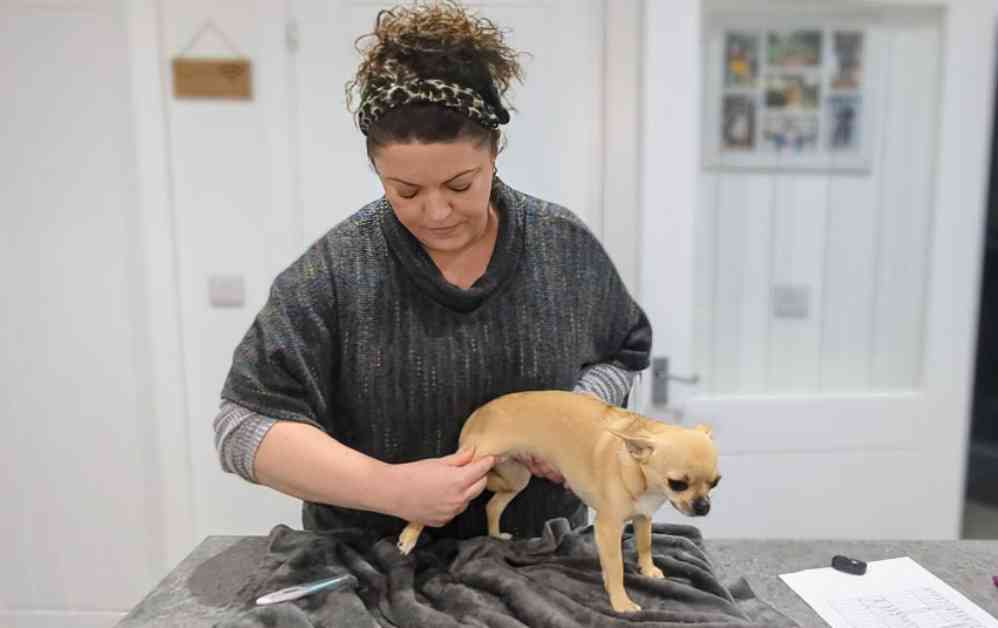DIY Dog Health Check: Dr. Karyn’s Tips & Checklist for Home Care
Dr. Karyn, a seasoned veterinarian, has some invaluable advice for pet owners looking to monitor their furry friends’ health from the comfort of their homes. In a world where remote vet checks have become increasingly common, being able to perform a basic health check on your dog can provide crucial insights for both you and your veterinarian. Dr. Karyn, along with her pack of adorable volunteers, Poppy, Bailey, Kodah, Ned, and Fred, is here to guide you through a ten-minute health check that could make all the difference for your beloved pet.
The Ten-Minute Health Check
To start your DIY dog health check, click here to download and print Dr. Karyn’s health checklist. This checklist will help you keep track of your findings and serve as a useful reference during your examination. Remember, while this home health check is a fantastic tool, it is not a substitute for a thorough veterinary examination. However, it can help you monitor your dog’s health and detect potential issues early on.
Temperature, Pulse, and Respiration (TPR)
One of the essential aspects of a health check is monitoring your dog’s temperature, pulse, and respiration. While this doesn’t replace a professional examination, it can give you valuable information about your pet’s overall health. Dr. Karyn advises on how to measure your dog’s heart rate, respiratory rate, and even take their temperature safely at home.
Gastrointestinal System, Skin, and Musculoskeletal Exam
Moving on to the gastrointestinal system, skin, and musculoskeletal exam, Dr. Karyn provides easy-to-follow instructions on what to look out for during your health check. From checking your dog’s appetite and abdomen to examining their skin for any abnormalities, this comprehensive examination covers all the bases. By carefully observing your dog’s gait, neck, spine, tail, and limbs, you can assess any potential pain or neurological issues they may be experiencing.
Conscious Proprioception (CP) and Final Thoughts
Finally, Dr. Karyn explains the importance of conscious proprioception in assessing any neurological deficits affecting your dog’s hind legs. By following her step-by-step guide, you can quickly determine if there are any issues that require further attention. Remember, this DIY health check is just one part of monitoring your dog’s well-being and should be complemented by regular vet visits. By staying proactive and attentive to your pet’s health, you can ensure they lead a happy and healthy life.
So, why not grab a cup of coffee and spend a few minutes with your furry companion performing a DIY health check? It could be the key to catching potential health issues early and ensuring your dog stays in top shape. Happy health checking!





















